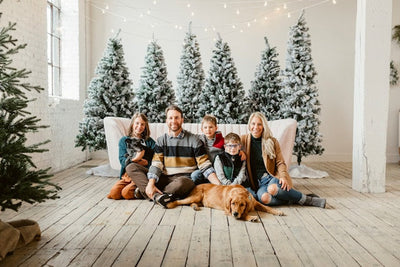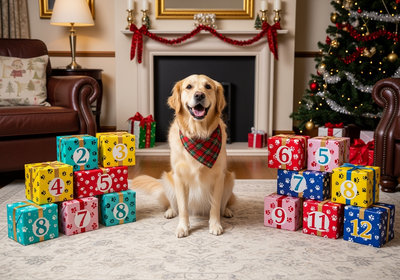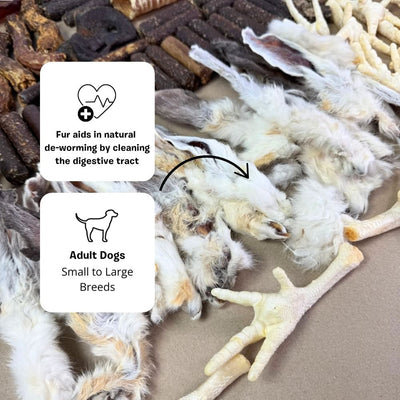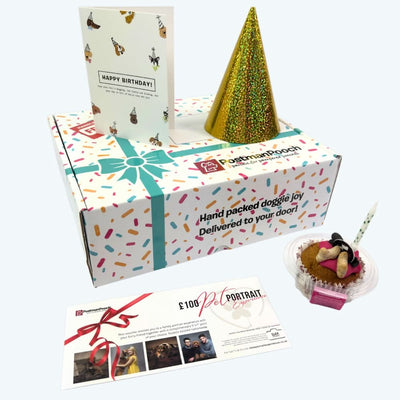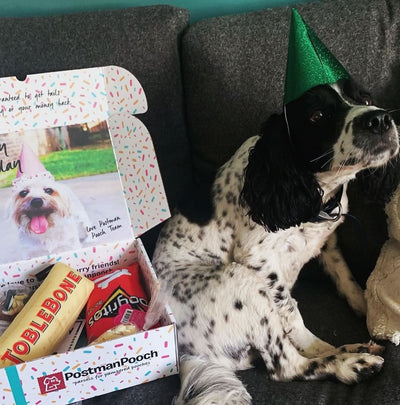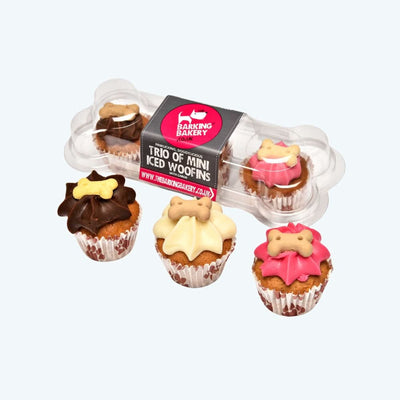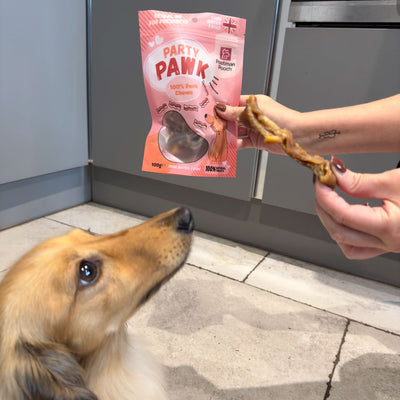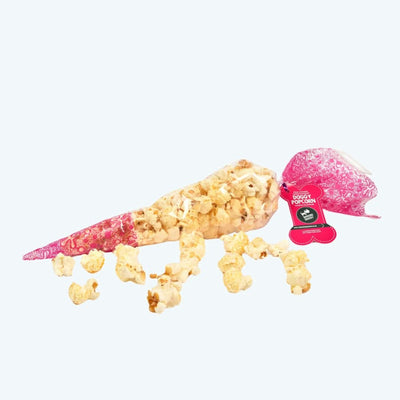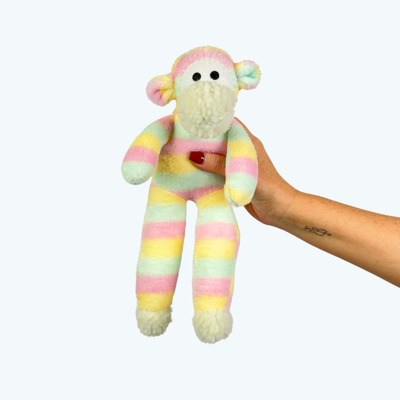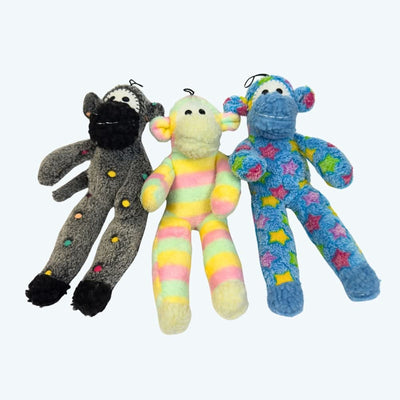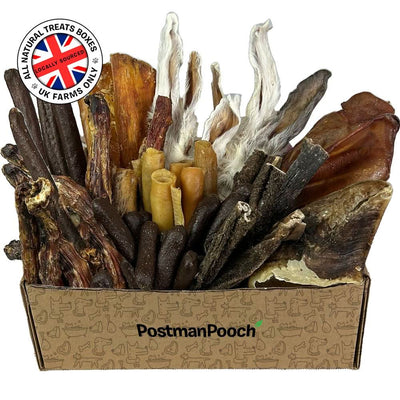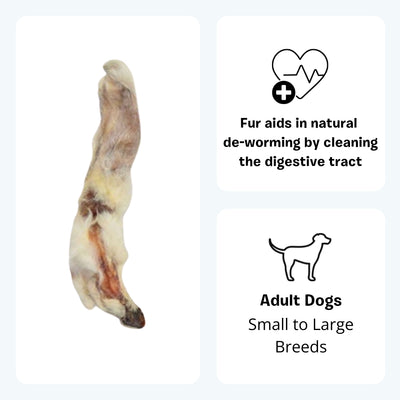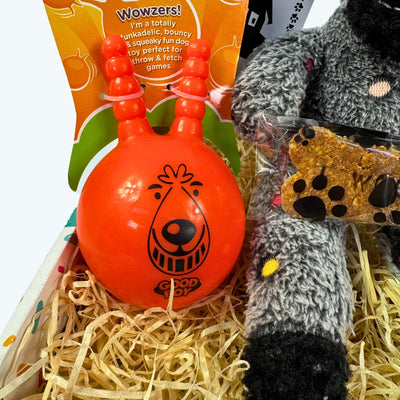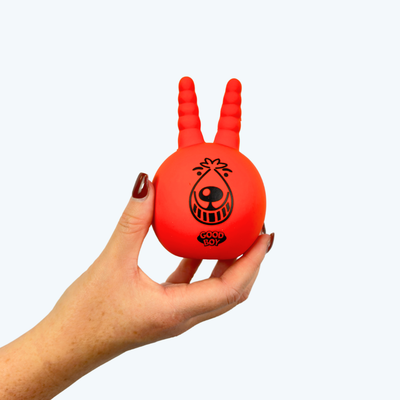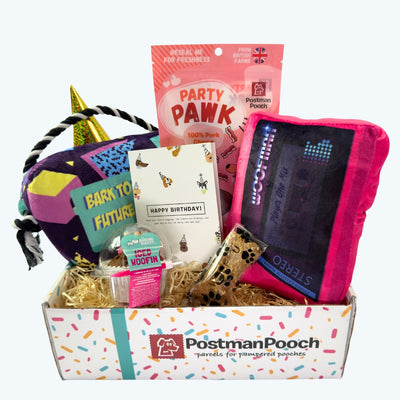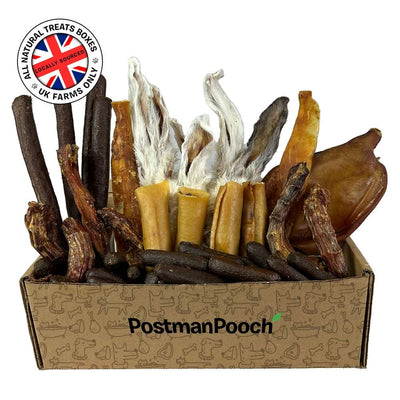Bringing home a new puppy is an exciting and joyful experience. As a responsible pet owner, it’s important to establish good habits early on, including crate training, if you wish to do so. Crate training your puppy provides numerous benefits, such as creating a safe space for your puppy and helping with housebreaking. In this guide, we will explore the ins and outs of crate training your puppy, ensuring a positive and stress-free experience for both of you.
How do I get my puppy to stop crying in his crate?
- Gradual introduction: Start by placing your puppy in the crate for short periods while you’re nearby. Gradually increase the duration and distance over time to help them become comfortable.
- Positive associations: Use treats, toys, and praise to create a positive association with the crate. Make it a rewarding and pleasant experience for your puppy.
- Comfort and security: Ensure that the crate is cosy and inviting. Use soft bedding and include familiar scents to help your puppy feel secure.
- Calming techniques: Consider using a ticking clock or a white noise machine to mimic the sounds of their littermates and help soothe your puppy’s anxiety.
How early should you crate-train a puppy?
It’s best to start crate training as early as possible, ideally when your puppy first comes home. This allows them to adjust to the crate and develop positive associations before any negative habits are formed.
Is it OK to let a puppy cry in the crate at night?
- Gradual adjustment: While it’s natural for a puppy to cry initially when placed in the crate, it’s important to distinguish between attention-seeking whining and genuine distress. Gradually increase the time your puppy spends in the crate at night, providing reassurance and comfort as needed.
- Consistency: Stick to a regular routine, including setting bedtime and wake-up times. This helps your puppy develop a sense of predictability and comfort in the crate.
- Nighttime needs: Ensure your puppy has ample exercise, playtime, and bathroom breaks before bedtime to minimise restlessness.
How do you start crate training your puppy?
Introduce the crate gradually, allowing your puppy to explore it at their own pace. Place treats and toys inside to encourage positive associations. Begin by feeding your puppy near the crate and gradually moving the food bowl inside. This helps them associate the crate with positive experiences and creates a sense of comfort. Start with short periods of crate confinement while you’re present in the room. Gradually increase the duration as your puppy becomes more comfortable.
Should I ignore the puppy whining in the crate?
If your puppy has recently been fed, taken outside for a bathroom break, and has no apparent distress, it may be best to ignore attention-seeking whining. Responding to every whimper might reinforce the behaviour. While it’s important not to reinforce attention-seeking behaviour, it’s equally important to comfort your puppy when they genuinely need it. Assess the situation and respond accordingly to ensure their well-being.
Crate training your puppy is an essential aspect of their development and can provide numerous benefits for both you and your furry friend. By using positive reinforcement, gradual introduction, and patience, you can create a safe and happy space for your puppy in the crate. Remember to be consistent, understanding, and adaptable to your puppy’s needs as you embark on this journey together. With time and consistency, your puppy will learn to view the crate as a comforting den and a place of security.


